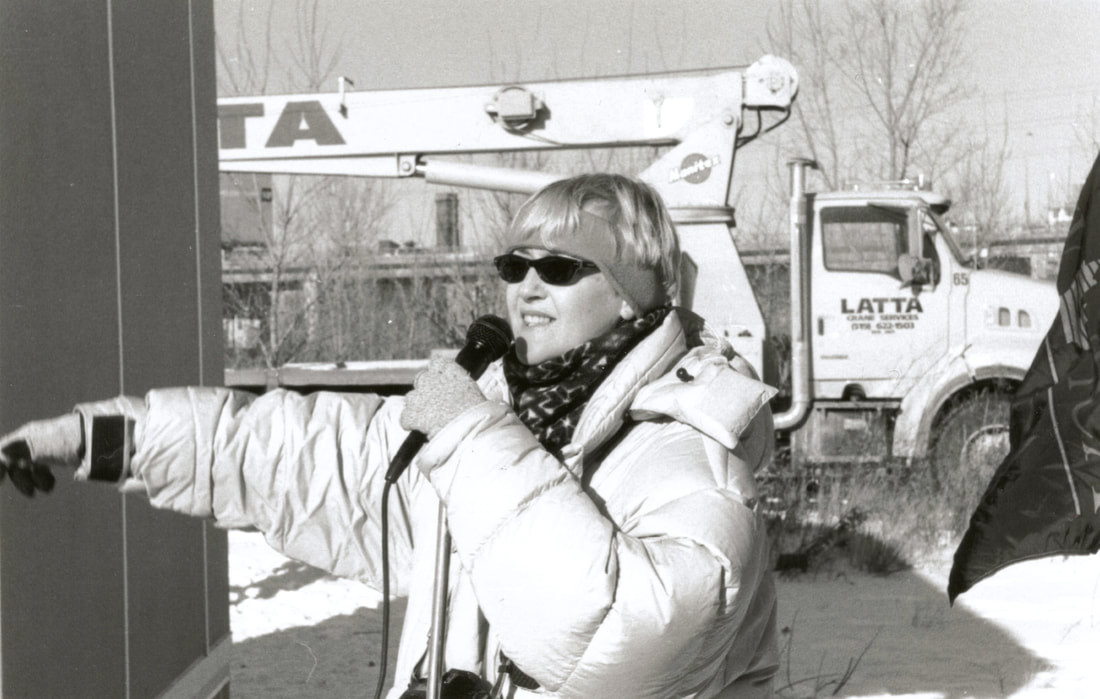As frigid temperatures begin to hit the GTA shelters and public services are pushed to the brink. According to the City of Toronto’s data on daily shelter and overnight service usage, occupancy rates in all types of shelters are full or near capacity. 99.7 per cent of emergency shelters in the city are full. This issue is wider than Toronto; Lesly Nagoda, CEO of Mississauga organization Services and Housing in the Province says their shelters are also struggling.
“Our shelter services do great work, but they are consistently over capacity,” says Nagoda.
Halton region’s two primary shelters are also at capacity as well. While the lack of adequate shelter space is a problem, homeless advocates are also concerned about shelter overcrowding. Cathy Crowe, a long-time street nurse and visiting practitioner at Toronto Metropolitan University, worries about the prevalence of disease in overcrowded shelters.

“You always have more disease transmission, more colds, more flu,” says Crowe.
Overcrowding is also creating a less safe environment for those who use shelters.
“You may be in the same space with people with severe mental illness and addictions,” says Crowe.
Crowe has seen violent and deadly altercations take place in overcrowded shelters.
“In Toronto, we had a man that was stabbed to death two weeks ago, and we had another stabbing incident last week,” says Crowe.
To combat crowding, Toronto has begun using TTC buses as warming centres. According to TTC spokesperson Stuart Green, the TTC makes up to five buses available daily depending on need. Crowe disagrees with using buses as warming centres.
“We are calling for not using buses; you use buses after a fire in a nursing home or a high-rise building, but you don’t use them as a permanent shelter,” says Crowe.
In the past, one of the federal armouries in Toronto was opened for refugees to stay in. Nagoda says more refugees are using warming centres and shelters.
“Asylum seekers and newcomers to Canada are occupying more and more beds inside shelters,” says Nagoda.
Crowe wants people to see the GTA as a place in crisis but with many solutions.
“We have tons of community centres owned and operated by the municipalities; staff could be taken from other departments to work in shelters; this was one during the pandemic,” says Crowe of some solutions during the pandemic.
Homeless advocates are calling for warming centres to be left open constantly. The advocates’ consensus is that a more robust national housing strategy needs to be implemented.
“A diversion and housing-focused approach to emergency shelters which aims to divert people from shelters and work to keep them housed is needed,” says Nagoda.
Crowe is a proponent of modular homes. Modular homes can be built in sections away from a building site. The sections are put together once they reach the site. They can be made much faster and cheaper than conventional homes. On January 16, a Hamilton-area modular home builder received 2.5 million in federal funding to bump up the production of the homes. As for what the public can do, Crowe believes in the third, a third and a third approach.

“Give a third of your time to figuring out how your community helps those experiencing homelessness, provide another third to helping housing support groups and initiatives, and give another third to contacting your local MP’s and MPP’s.”
